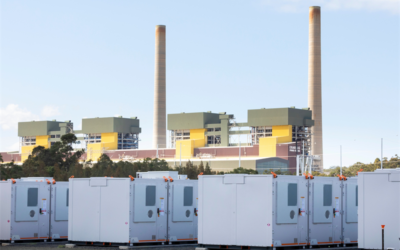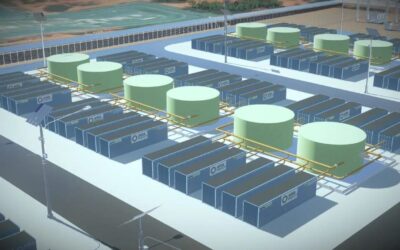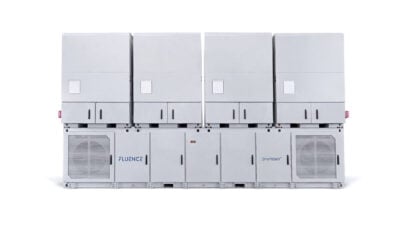The Australian Renewable Energy Agency (ARENA) has partnered with Monash University and technology provider Indra Australia to trial a microgrid as a first step to powering Monash’s Clayton campus entirely with renewable energy by 2030.
The pilot will test the microgrid across the campus in southeast Melbourne using Indra’s Ingrid Advanced Grid Management (AGM) software platform. The microgrid will be grid-connected and will include up to 1MW of rooftop solar, 20 buildings with automated energy management systems, 1MWh of battery storage and electric vehicle charging stations.
ARENA will provide AU$2.97 million (US$2.11 million) in funding to Monash University and Indra Australia for what will be known as the Monash Smart Energy City project, which requires AU$7.1 million overall investment.
ARENA CFO Ian Kay said: “The project will use Monash University as a ‘living laboratory’ that will help universities form their own microgrids and take control of their energy usage. Universities use a significant amount of power during the day, Indra and Monash have offered a solution that can reduce peak demand and place the education sector on a path towards renewables.”
Try Premium for just $1
- Full premium access for the first month at only $1
- Converts to an annual rate after 30 days unless cancelled
- Cancel anytime during the trial period
Premium Benefits
- Expert industry analysis and interviews
- Digital access to PV Tech Power journal
- Exclusive event discounts
Or get the full Premium subscription right away
Or continue reading this article for free
Indra Australia’s energy solutions manager Giovanni Polizzi said: “We are pleased to be a key technology partner in this leading initiative in which Indra’s intelligence leverages edge computing using both centralised and distributed components to monitor and control distributed grid elements in real-time. It will allow Monash to control and optimise when and how energy is used across the campus.”
Last week, ARENA launched the Distributed Energy Integration Program with energy market authorities, industry bodies and consumer associations, as part of Australia’s move towards an increasingly distributed energy system.





